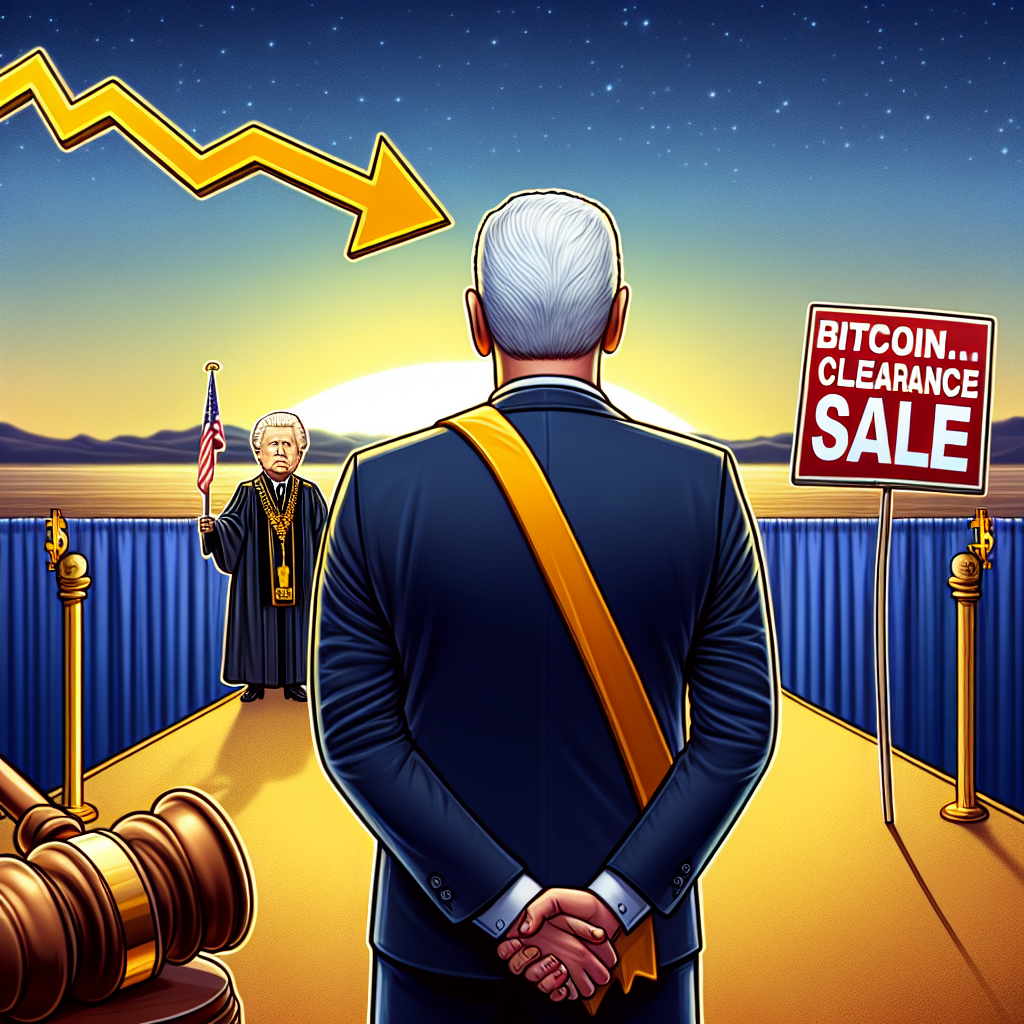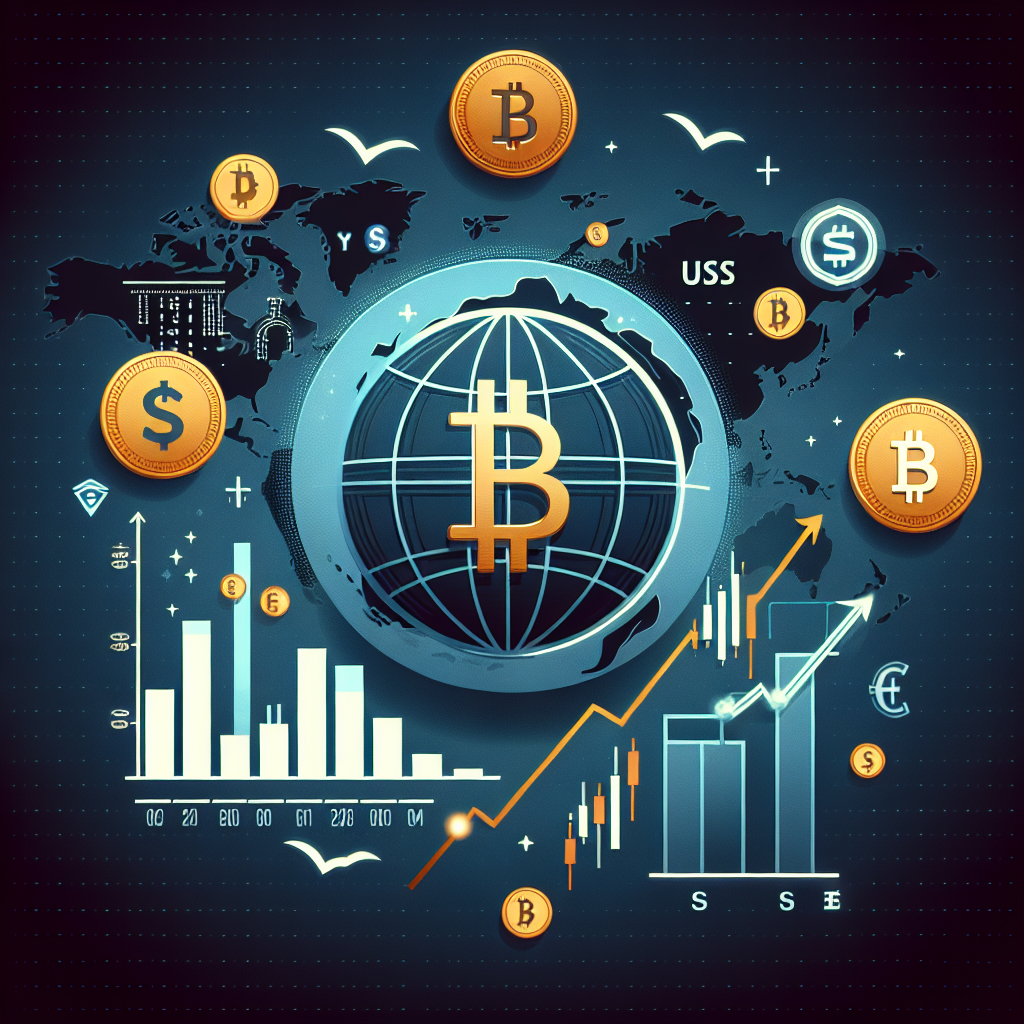In recent years, Bitcoin has emerged as a significant player in the global financial landscape, often perceived as a hedge against traditional market fluctuations. However, the complex interplay between geopolitical events, such as US tariff hikes, and cryptocurrency markets has introduced new dynamics that investors are striving to understand. This article delves into the impact of US tariff increases on the Bitcoin market, examining the resultant volatility, investor sentiment, and broader implications for global crypto markets.
US Tariff Hikes: A New Challenge for Bitcoin?
US tariff hikes have traditionally been a mechanism to protect domestic industries, but their ripple effects on the global economy are undeniable. Recently, these tariff increases have presented a new challenge for Bitcoin, a decentralized asset that is often influenced by macroeconomic shifts. As the US administration imposes tariffs on imported goods, particularly from major trading partners like China, the resultant trade tensions have caused significant market uncertainty. This uncertainty, in turn, has impacted Bitcoin, which, despite its decentralized nature, is not immune to the economic turbulence induced by such geopolitical maneuvers.
The challenge for Bitcoin lies in its dual identity as both a speculative asset and a potential safe haven. On one hand, tariff hikes contribute to market volatility, which can attract traders seeking short-term gains in the volatile crypto space. On the other hand, prolonged trade disputes may erode investor confidence, leading to broader market sell-offs that can also affect Bitcoin. Thus, US tariff hikes introduce a complex layer of challenges for Bitcoin investors who must navigate these waters carefully.
Bitcoin Volatility Surges Amid Trade Tensions
The advent of US tariff hikes has coincided with increased volatility in the Bitcoin market. As tariffs disrupt traditional trade relationships, investors often react by reallocating assets, seeking refuge from potential economic downturns. This reallocation can lead to sharp price movements in Bitcoin, as traders capitalize on the heightened volatility to maximize profits. Consequently, Bitcoin’s price often experiences rapid fluctuations in the wake of tariff announcements, reflecting the broader market’s uncertainty and speculative behavior.
Additionally, the psychological impact of trade tensions cannot be underestimated. As uncertainty looms over global markets, investor sentiment can shift dramatically, influencing Bitcoin’s price trajectory. The digital currency, often touted as a hedge against economic instability, sees heightened interest during such periods, albeit with increased risk. This volatility, while offering opportunities for traders, also underscores the inherent unpredictability of the Bitcoin market amid geopolitical tensions, necessitating a cautious approach for investors.
Investors Weigh Risks of US Tariff Increases
For investors, US tariff increases represent a complex risk landscape that requires careful consideration. The immediate impact of tariffs is often reflected in traditional markets, but the reverberations soon reach the Bitcoin market as well. Investors must weigh the potential for Bitcoin to act as a safe haven against the backdrop of economic uncertainty induced by tariffs. However, this potential is tempered by the digital currency’s notorious volatility, which can amplify both gains and losses.
As investors navigate this environment, risk management becomes paramount. Diversification strategies may include a balanced portfolio of traditional assets and cryptocurrencies, with Bitcoin serving as a hedge against fiat currency devaluation. However, the unpredictable nature of both tariff policies and Bitcoin’s response necessitates a vigilant approach. Investors must remain informed and adaptable, ready to adjust their strategies in response to the evolving economic landscape shaped by US tariff policies.
Tariff Policies: Impact on Global Crypto Markets
The effects of US tariff policies extend beyond national borders, impacting global crypto markets in significant ways. As the US engages in trade disputes with major economies, the resulting economic uncertainty affects investor sentiment worldwide. This global impact is particularly pronounced in the crypto markets, where Bitcoin and other digital currencies are traded across international exchanges. The interconnectedness of these markets means that shifts in US policy can trigger ripple effects that influence trading behavior and market dynamics globally.
Moreover, the global nature of cryptocurrencies means that regional economic policies can have far-reaching consequences. For instance, a tariff-induced slowdown in one region might lead to increased crypto adoption elsewhere, as investors seek alternatives to traditional financial systems. This dynamic highlights the complex relationship between national policies and global crypto markets, where Bitcoin’s decentralized nature both insulates it from, and exposes it to, geopolitical shifts. As such, understanding the impact of US tariffs requires a holistic perspective that considers both domestic and international market reactions.
Bitcoin and Traditional Markets: A Correlation?
The relationship between Bitcoin and traditional markets is a subject of ongoing debate, particularly in the context of US tariff hikes. Historically, Bitcoin has been perceived as a non-correlated asset, offering a hedge against traditional market downturns. However, recent events suggest that this relationship may be more nuanced. As trade tensions escalate, Bitcoin’s price movements have shown some correlation with traditional market indices, indicating that investor sentiment and market dynamics are more interconnected than previously thought.
This evolving correlation challenges the notion of Bitcoin as an entirely independent asset class. While it still offers diversification benefits, its response to tariff-induced market shifts suggests that Bitcoin’s behavior is influenced by broader economic trends. Investors must therefore consider Bitcoin’s correlation with traditional markets when constructing their portfolios, acknowledging that its role as a hedge may vary depending on the specific economic context and geopolitical developments.
Future Outlook: Navigating Bitcoin’s Uncertainty
Looking ahead, the future of Bitcoin amid US tariff hikes remains uncertain, with potential outcomes as varied as the factors influencing them. As trade tensions evolve, Bitcoin could either solidify its position as a digital safe haven or continue to exhibit high volatility, reflecting its speculative nature. The cryptocurrency’s future will likely depend on a combination of regulatory developments, technological advancements, and investor sentiment, all of which are shaped by the broader economic environment.
Investors, therefore, must adopt a forward-looking approach, staying informed about both macroeconomic trends and Bitcoin-specific developments. Navigating this uncertainty requires a blend of strategic foresight and adaptability, as market conditions can shift rapidly in response to geopolitical events. By maintaining a flexible investment strategy and closely monitoring the impact of US tariff policies, investors can better position themselves to capitalize on opportunities and mitigate risks in the ever-evolving Bitcoin market.
As the global economic landscape continues to shift, the interplay between US tariff hikes and the Bitcoin market offers a compelling case study in the complexities of modern finance. While Bitcoin presents unique opportunities, its response to geopolitical developments underscores the importance of understanding the broader economic context. For investors and market participants, staying informed and adaptable is key to navigating the challenges and opportunities that arise from the intersection of traditional policies and digital assets.




